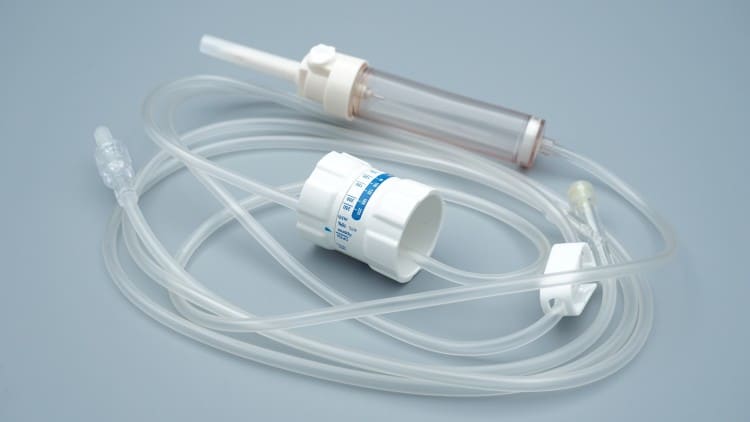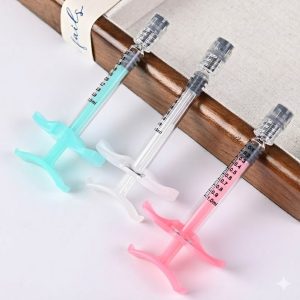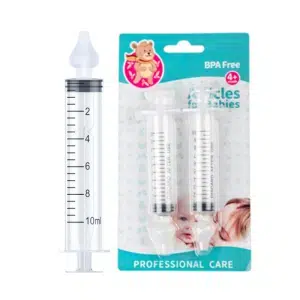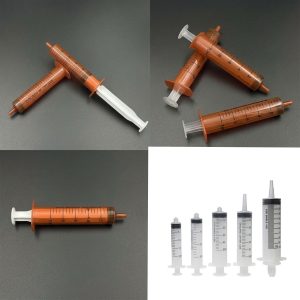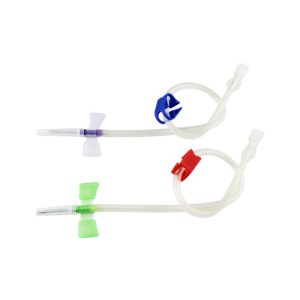In today’s modern healthcare settings, understanding infusion set and blood transfusion set safety is essential for protecting patient lives and ensuring effective treatment outcomes. Whether in hospitals, clinics, or home care environments, proper knowledge and use of infusion sets and blood transfusion sets is a shared responsibility between healthcare providers and patients. This article offers a thorough overview of the definitions, functions, proper usage, safety precautions, common issues, and solutions related to infusion and transfusion device safety, helping readers apply best practices confidently.
1. What Are Infusion Sets and Blood Transfusion Sets?
An infusion set is a medical device used to deliver medications or nutritional fluids from an IV bag or bottle into a patient’s bloodstream. It typically includes a needle or catheter, tubing, drip chamber, flow regulator, and connectors.
A blood transfusion set is specially designed to safely administer blood or blood products to patients. It features components that prevent clotting and filter out impurities, ensuring the transfusion is safe and effective.
Clinically, these devices are widely used for fluid replacement, antibiotic delivery, chemotherapy, blood transfusions, and plasma exchange. Mastering infusion and transfusion set safety improves therapeutic effectiveness and reduces complications.
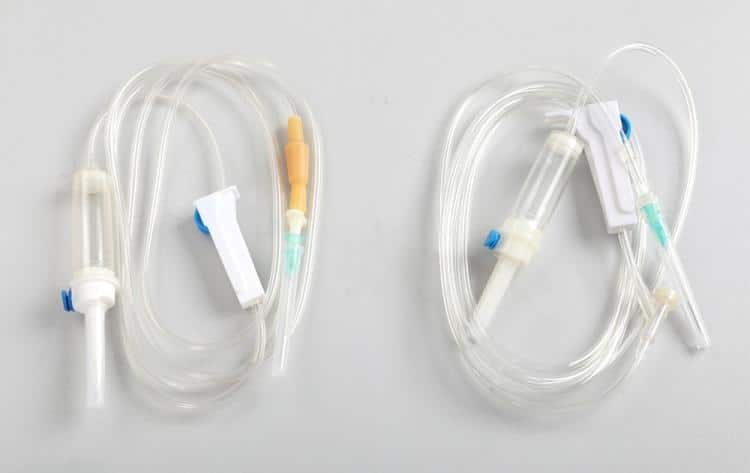
2. Types of Infusion and Blood Transfusion Sets
Infusion sets come in various types, including:
- Gravity infusion sets, which rely on fluid gravity for flow, commonly used in standard IV therapy.
- Pressure infusion sets, which use external pressure to increase flow rates, useful in emergencies.
- Micro-infusion sets, designed for precise dosing, often for pediatric or critical care patients.
Blood transfusion sets include:
- Standard transfusion sets for routine blood administration.
- Filter-equipped transfusion sets, which effectively remove clots and debris to minimize transfusion reactions.
Choosing the right device depends on the patient’s condition, type of medication or blood product, and physician guidance — a key part of medical safety knowledge.

3. Key Steps for Safe Use of Infusion and Blood Transfusion Sets
- Check Packaging and Expiration
Always verify that the device’s packaging is intact and the product is within its expiration date before use. Do not use if damaged or expired. - Maintain Strict Aseptic Technique
Sterile technique is critical. Healthcare workers must wear gloves and avoid touching needles, connectors, and tubing to prevent contamination. - Proper Assembly and Connection
Securely connect the infusion or transfusion set to the IV bag or blood unit. Ensure all connections are sealed to prevent air entry into the line. - Regulate Flow Rate Carefully
Use flow regulators or infusion pumps to control the speed of fluid or blood delivery. Avoid rates that are too fast or too slow, especially during transfusions to prevent cardiovascular stress. - Monitor Patient Reactions
Continuously observe patients for signs of adverse reactions such as fever, rash, or breathing difficulties. Stop the infusion or transfusion immediately if complications arise and notify a physician.
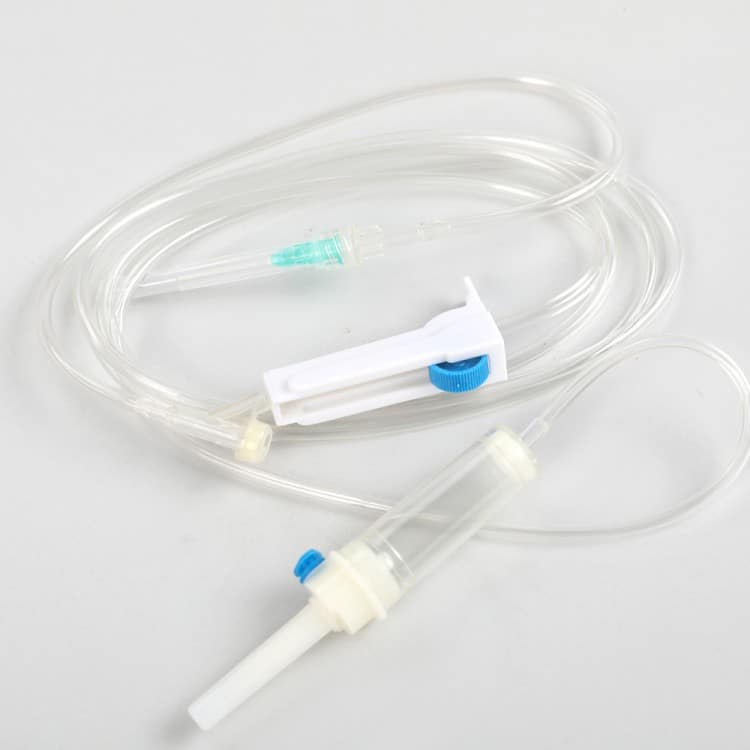
4. Important Safety Considerations
- Prevent Air Embolism
Air bubbles entering the bloodstream can cause serious harm. Always remove air from tubing before starting the infusion or transfusion. - Use Disposable Devices Only Once
Both infusion and transfusion sets are single-use and must never be reused to prevent infection. - Avoid Cross-Contamination
Use new, sterile sets for each patient to eliminate the risk of cross-infection. - Proper Storage Conditions
Store devices in a dry, cool, and light-protected environment to maintain integrity and prevent damage.
5. Common Problems and Solutions
- Air Bubbles That Won’t Clear
Adjust the drip chamber fluid level and gently tap the tubing to dislodge trapped air. - Unstable Flow Rate
Check the flow regulator and needle placement. Replace the set if needed. - Patient Discomfort During Infusion/Transfusion
Stop the procedure immediately, maintain venous access, and alert medical staff.
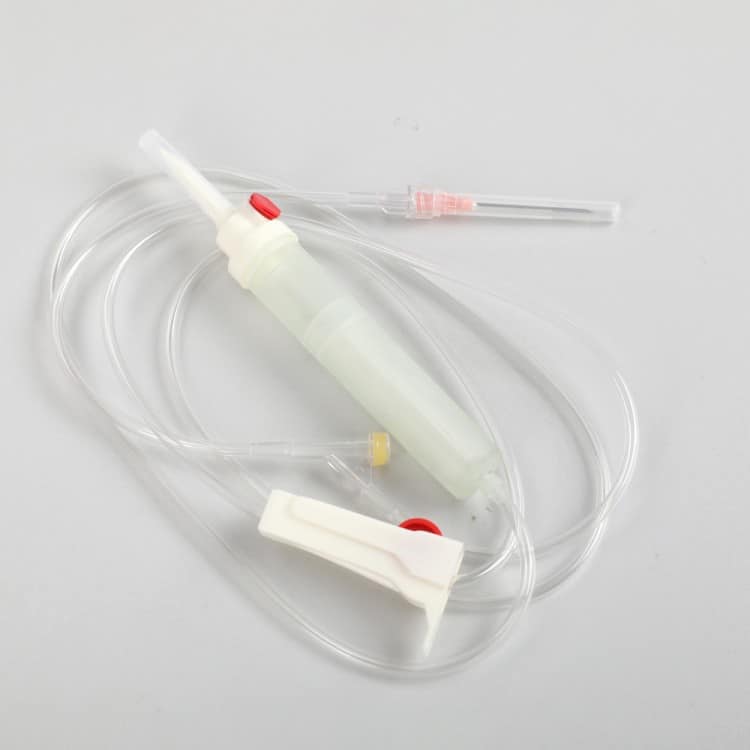
6. Why Ongoing Education on Infusion and Transfusion Safety Matters
Healthcare professionals should regularly update their knowledge through training on the latest safety standards and clinical guidelines. Patients and caregivers should also understand basic safety principles to support safe care at home or during long-term treatment.
For example, cancer patients undergoing chemotherapy often require prolonged IV therapy, so protecting the venous access is critical. Similarly, patients needing frequent transfusions benefit greatly from high-quality blood sets that reduce reaction risks.
7. Conclusion
Mastering infusion and blood transfusion set safety is vital for healthcare workers and patients alike to ensure safe, effective treatment. By selecting appropriate devices, following strict aseptic procedures, and closely monitoring patients, the risks associated with infusion and transfusion can be minimized.
As medical technology advances, these devices will become more user-friendly and intelligent, but foundational safety knowledge will always remain essential. Continuous learning and careful application of these principles ensure that every infusion and transfusion is as safe and efficient as possible.
For more related content, please feel free to follow our blog.

